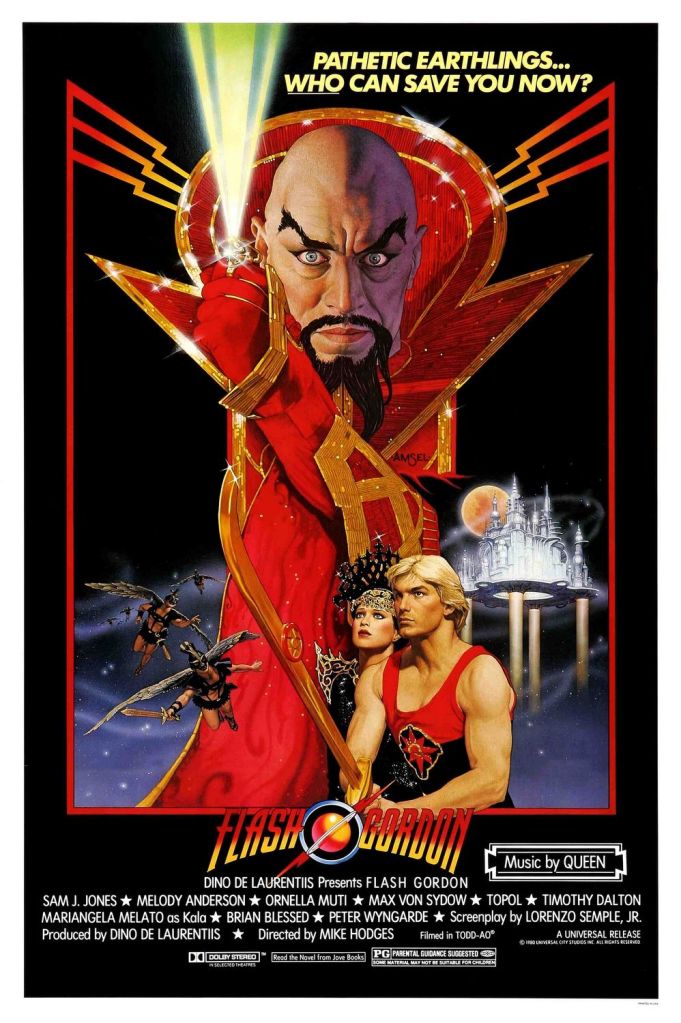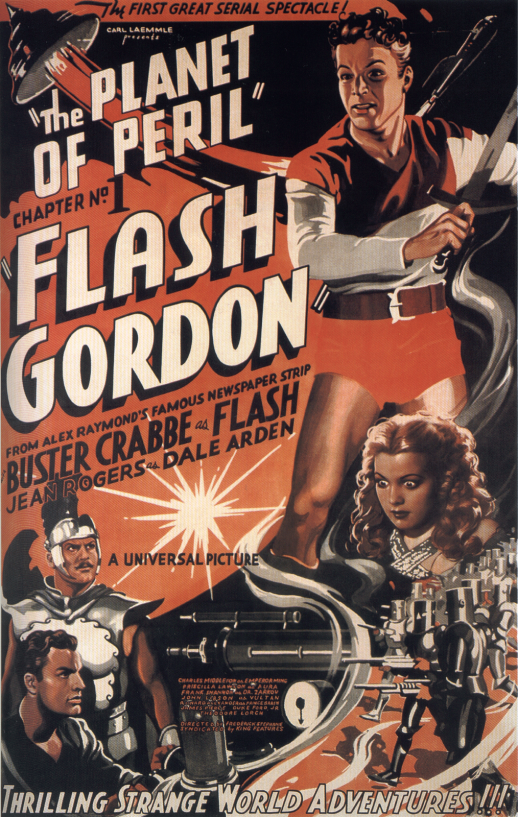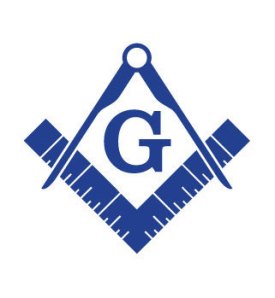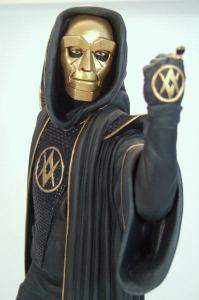Howdy all you Supercultists out there on the interwebz!
I’m Bad Movie Professor Cameron Coker (BS in “Drive-Ins” with a minor in “Pillow Fights”) and I’ll be posting my hype-tacular speeches every week along with some long lost speeches from past Supercult Shows!
This week it’s the Savior of the Universe! The King of the Impossible! Flash Gordon!

A series of natural disasters throws the world into chaos! New York Jets football star “Flash” Gordon and travel journalist Dale Arden crash land their plane into inventor/scientist Dr. Hans Zarkov’s backyard and Zarkov, believing the disasters are being caused by an unknown source beyond the moon, lures Flash and Dale aboard his secret spacecraft to help him investigate. What they find on arrival is the mysterious and savage world of Mongo, ruled by Emperor Ming the Merciless. Ming plans to first play with and then destroy the Earth, but to add insult to injury, he decides to also make Dale his concubine! Not if all-American hero Flash Gordon has anything to say about it! Can Flash unite the warring kingdoms of Mongo and rescue Dale? Can he do it in time to also rescue Earth from destruction? He’ll save every one of us! He’s Flash Gordon!
First published in 1934 by Alex Raymond to compete with the already popular adventures of Buck Rogers, Flash Gordon is a science-fiction adventure comic strip following the exploits of a Flash Gordon, a handsome polo player and Yale University Graduate, and his companions, prototypical heroine Dale Arden and the quirky scientist Hans Zarkov. The original comic ultimately eclipsed Buck Rogers in popularity and continuing for over 10 years of publication and spawning numerous spin-offs and interpretations in other media including, comic books, radio serials, three serial films, numerous cartoon series, an animated TV movie, a live action series on the Sci-Fi channel, and even an erotic comedy parody entitled ‘Flesh Gordon’. Flash Gordon (along with the action/adventure serials of Edgar Rice Burroughs and others) is generally considered to have had a huge impact on the science-fiction genre as a whole and the early Flash Gordon TV serials are seen as influencing many of the stylistic choices made in the Star Wars films such as ‘wipe’ scene transitions and scrolling titles.

Released in December 1980, three years after Star Wars: Episode IV – A New Hope, the Flash Gordon movie is space opera in its purest form. Fun, campy, and self-aware, Flash Gordon trends away from the clamoring masses trying to copy the stoic seriousness of Star Wars and instead gives us what we really want in an action-adventure matinee: Lasers, guys in tights, spaceships, hawkmen, rocket cycles, pillow fights, wood beasts, QUEEN, and so many big personalities swashing so many buckles that it’s hard to keep track of them all!
Flash Gordon stars Sam J. Jones as Flash, Melody Anderson as Dale, Max von Sydow as Ming, and Chaim Topol as Dr. Zarkov. While Jones and Anderson are relatively unknown outside of the Flash Gordon movie, Sydow is recognizable as the sinister doctor, director, and priest characters from Shutter Island, the Exorcist, and Minority Report respectively, while Topol is best known for his role as Tebia in Fiddler on the Roof! Timothy Dalton, who plays Prince Barin in the movie, is now more known for his portrayal of James Bond in License to Kill and The Living Daylights and, more recently, for his voice acting work as Mr. Pricklepants in Toy Story 3. Brian Blessed, apart from being an accomplished Shakespearean actor is more often recognized for providing the voices of Clayton in Disney’s Tarzan, and Boss Nass in Star Wars Episode 1.
As far as trivia is concerned, Ming’s symbol (which Klytus also wears on his gauntlets) is borrowed from the Freemason’s square and compass. Ming also makes a Masonic gesture during the course of the movie.
George Lucas had hoped to remake the original Flash Gordon (1936), but when he learned that Dino De Laurentiis had already bought the rights, he wrote Star Wars: Episode IV – A New Hope (1977) instead.

The Masonic square and compass
Each of the characters has additional back-story that was cut from the film for various reasons:
Dr. Zarkov’s backstory was that he was a NASA scientist who was fired for his paranoid fantasies that Earth was going to be attacked from outer space.
Klytus and Kala, Ming’s two chief henchmen, were competitors for their ruler’s favor. Ming played them off against each other to keep them from teaming up against him.
In the original script, Flash and Dale first meet at a Canadian resort called Dark Harbor. Although they flirt with each other, they don’t become acquainted until they’re sharing the ill-fated plane ride to New York City.
The backstory of Flash’s T-shirt was that it was a gift from an anonymous female fan. Flash wore it a lot in the hopes that he would eventually meet the woman.
According to the original storyline, when Dale is entranced by Ming’s hypnotic ring, she is having a vision of being on an erotic picnic with Ming in a 1920’s setting.
The director, Mike Hodges, was actually the eighth director chosen for the film. The original director, Nicolas Roeg, who got his start as part of the second unit on Lawrence of Arabia, was fired due to creative differences. One of his proposals was to excise the trademark cliffhangers and melodrama, seeing Flash as more of “a metaphysical messiah.”
In case you haven’t already realized it, the over-the-top music for Flash Gordon’s equally over-the-top action is provided by legendary rock and roll band Queen. In Flash Gordon prince Vultan has the memorable line, “Who Want’s to live forever?” and later in 1986, Queen did the soundtrack for Highlander (the only other movie they did the music for) and wrote the song, “Who Wants to Live Forever.” Coincidence?? I dunno, maybe? But the point is that it’s sorta interesting woldn’t you agree?
Also, one of the feast items in the Hawkmen’s Kingdom is Twinkies colored with food dye!
Despite numerous production problems prompting director Mike Hodges to refer to it as “the only improvised $27-million movie ever made”, Flash Gordon grossed well over double its budget internationally. Sydow received a good deal of praise for his performance as Ming while Jones, on the other hand, was nominated for a Golden Raspberry Award for worst lead actor as Flash. Since its release, Flash Gordon has become a cult classic with fans of sci-fi and fantasy and is continually referenced even now for its over-the-top, campy, action, flair. Brian Blessed’s performance as Prince Vultan lodged the veteran stage and screen actor into the collective consciousness for the utterance of a single line – “GORDON’S ALIVE?!” – which, more than 30 years later, remains the most repeated, reused, and recycled quotation from both the film and Blessed’s career.
The late Roger Ebert gave Flash Gordon 3 out of 4 stars saying, “At a time when “Star Wars” and its spin-offs have inspired special effects men to bust a gut making their interplanetary adventures look real, “Flash Gordon” is cheerfully willing to look as phony as it is…Is all of this ridiculous? Of course. Is it fun? Yeah, sort of, it is.”
Flash Gordon has an impressive 81% on Rotten Tomatoes and a 6.4 on IMDB. So not only is it ridiculous, but it’s also pretty good. Some might say, ridiculously good?
The Supercult show proudly presents…
*Bum-Bum-Bum-Bum-Bum-Bum-Bum-Bum*
FLASH! Ah-Ahhhh!
Flash Gordon!
Are you sick of the song yet?
ME NEITHER!













